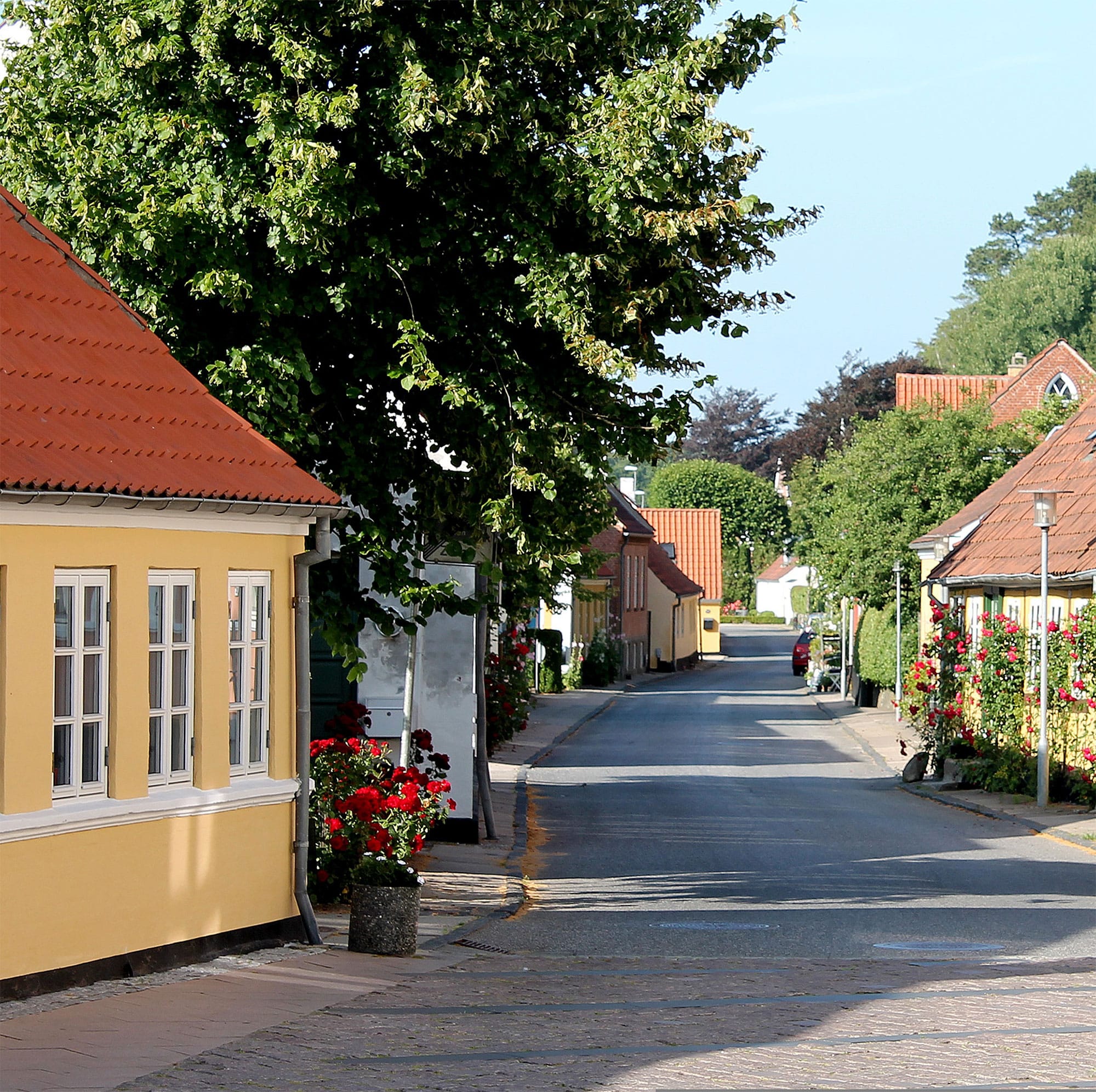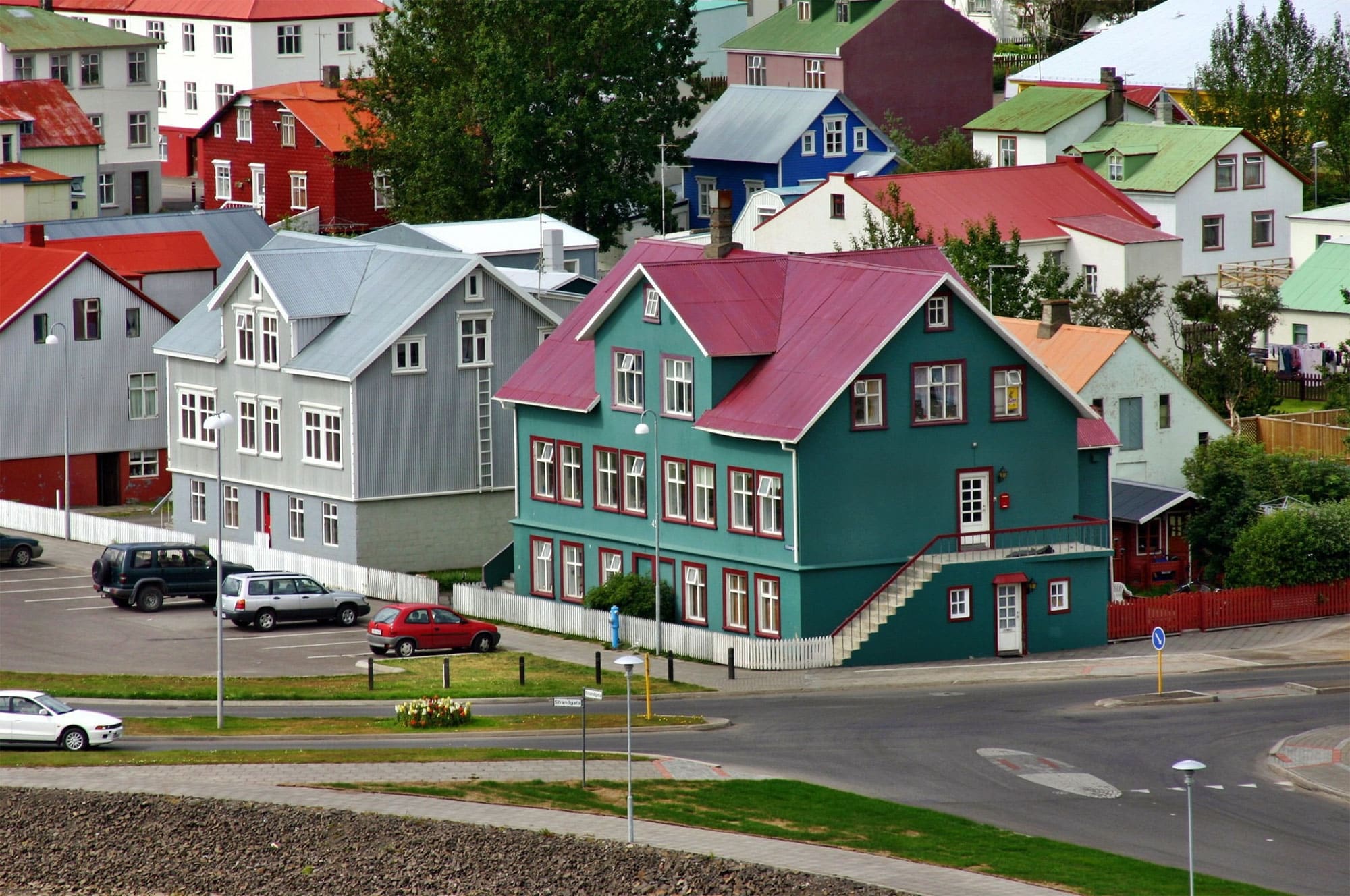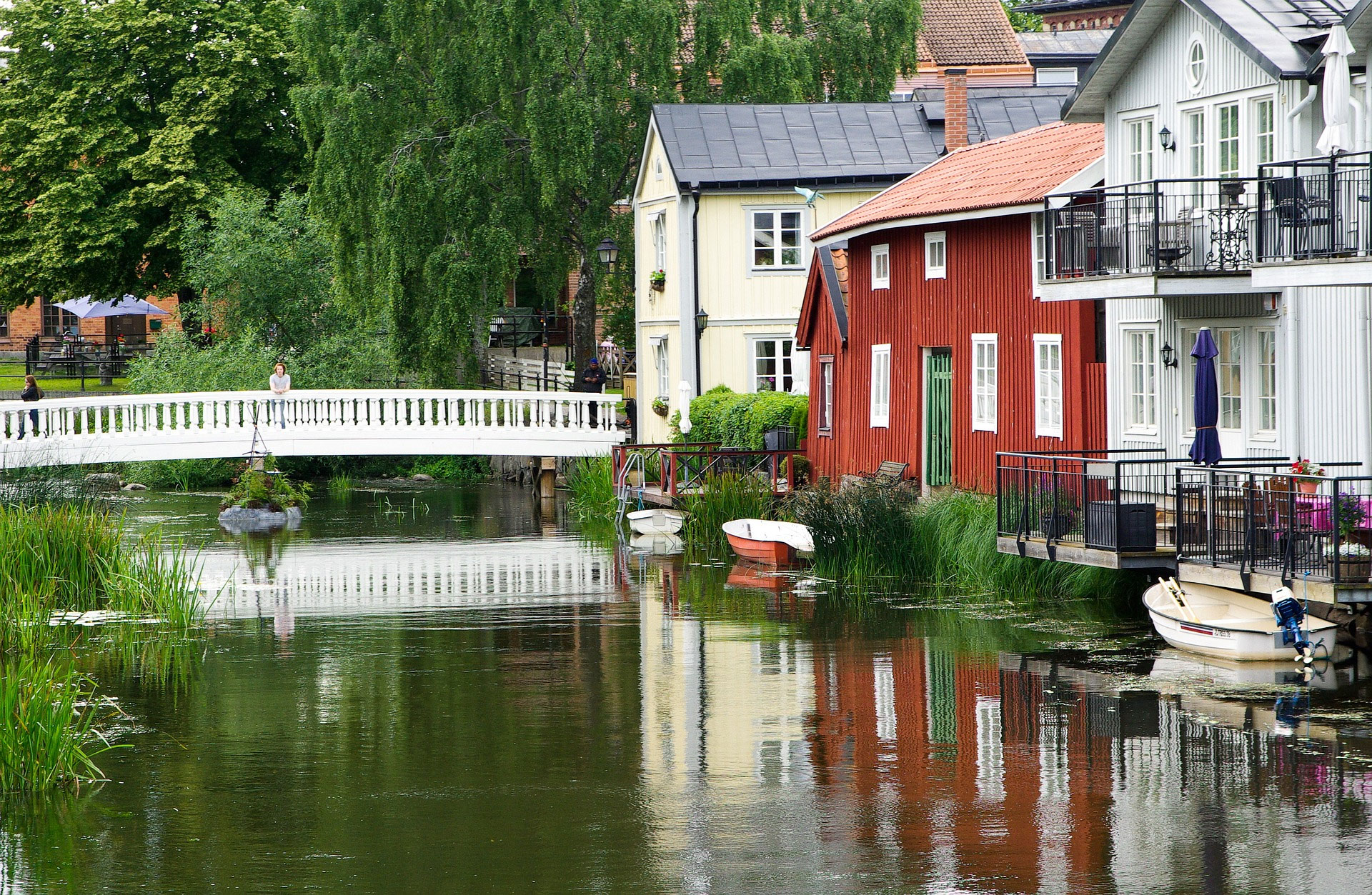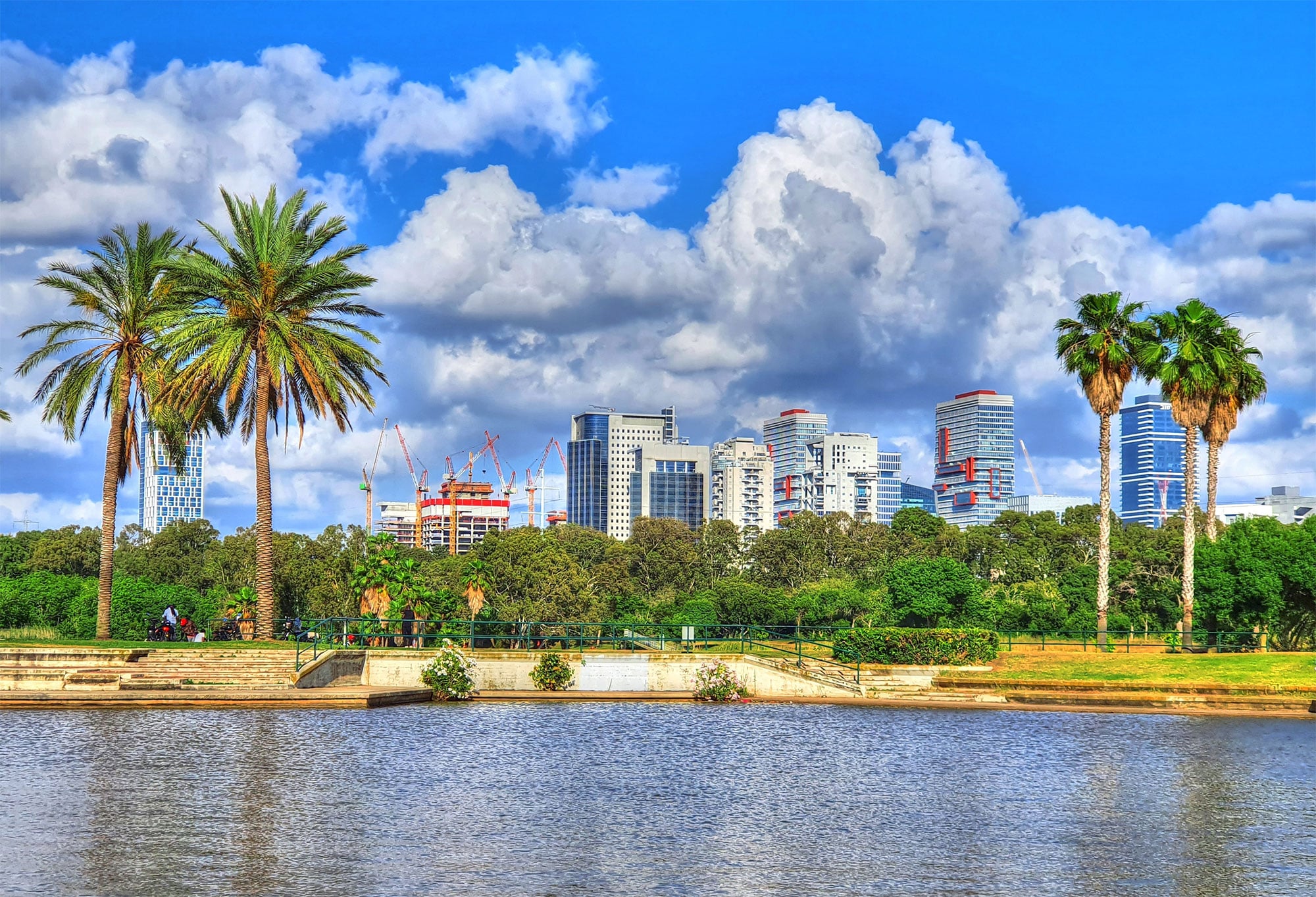Happiness, an elusive concept that has intrigued philosophers, psychologists, and policymakers for centuries, has become a measurable and crucial factor in assessing a nation's overall well-being. In recent years, the pursuit of happiness has transcended individual quests to become a global endeavor, with countries worldwide striving to create environments that foster joy, contentment, and life satisfaction for their citizens.
The concept of measuring happiness on a national scale might seem abstract, but it's rooted in concrete factors that significantly impact our daily lives. These include economic stability, social support, health and life expectancy, freedom to make life choices, generosity, and perceptions of corruption. By examining these elements, we can gain valuable insights into what truly contributes to a society's collective happiness.
Secure Peace of Mind with Best-Value International Health Coverage
International Citizens Insurance provide free, no-obligation quotes from the leading international health insurance providers with plans tailored to meet your needs. Trusted by thousands of expats worldwide.
As we explore the happiest countries in the world for 2024, it's essential to understand that happiness isn't just about fleeting moments of joy. Instead, it encompasses a broader sense of life satisfaction, purpose, and overall well-being. These nations have cultivated environments where citizens can thrive, not just survive, creating a blueprint for others to follow.
The global landscape of happiness is ever-changing and influenced by various factors such as economic shifts, political changes, and societal trends. By analyzing the latest rankings, we can identify emerging patterns and learn valuable lessons from the countries that consistently top the list. This exploration isn't just about celebrating the achievements of the happiest nations; it's about understanding how we can all work towards creating more joyful and fulfilling societies worldwide.
The World Happiness Report: a deep dive
The World Happiness Report is a cornerstone of our understanding of global well-being. Published annually since 2012, this comprehensive study offers invaluable insights into the factors that contribute to happiness across nations. As I investigate the intricacies of this report, it's crucial to understand its methodology and the key elements it considers in ranking countries.
At its core, the World Happiness Report relies on a combination of objective data and subjective survey responses. The Gallup World Poll serves as the primary source of data, collecting responses from thousands of individuals across more than 150 countries. This extensive survey asks participants to rate their own life satisfaction on a scale from 0 to 10, with 10 representing the best possible life.
The report goes beyond mere self-reported happiness scores. It analyzes six key variables that have been found to explain a significant portion of the variation in national average happiness scores:
- GDP per capita
- Social support
- Healthy life expectancy
- Freedom to make life choices
- Generosity
- Perceptions of corruption
These factors provide a holistic view of a nation's well-being, encompassing economic, social, and governmental aspects that contribute to overall happiness.
One of the most fascinating aspects of the World Happiness Report is its ability to track changes over time. By comparing data year after year, researchers can identify trends and shifts in global happiness. This longitudinal approach allows for a deeper understanding of how societal changes, economic fluctuations, and global events impact the well-being of populations around the world.
It's important to note that the World Happiness Report isn't without its critics. Some argue that happiness is too subjective to measure accurately on a global scale. Others point out that cultural differences in expressing and perceiving happiness might skew the results. Despite these criticisms, the report remains a valuable tool for policymakers, researchers, and individuals interested in understanding the complex essence of global happiness.
The happiest countries in the world in 2024: rankings revealed
As we investigate the latest rankings of the happiest countries in the world, it's fascinating to see how nations stack up in terms of overall well-being and life satisfaction. The World Happiness Report forms the basis of these rankings and provides valuable insights into what makes a country truly happy. Let's explore the top contenders and what sets them apart.
1. Finland

Finland is the happiest country in the world for the seventh consecutive year, with a score of 7.741. This Nordic nation continues to dominate the happiness charts, showcasing the effectiveness of its social policies and quality of life.
2. Denmark

Denmark follows closely behind, ranking second on the list with a score of 7.583. The Danish concept of "hygge," which emphasizes coziness and well-being, seems to be paying dividends in terms of national happiness.
3. Iceland

Iceland secures the third spot with a score of 7.525, proving that even a small island nation can achieve remarkable levels of contentment.
4. Sweden

Sweden, with a score of 7.344, has trended upward in recent years despite its challenges.
5. Israel

Israel will certainly be quite a surprise for some. It scores 7.341. However, the data is based on life evaluations from 2021 - 2023 before recent events. The country's scores in future reports will no doubt reflect that change.
The Netherlands, Norway, and Luxembourg follow closely, with scores of 7.319, 7.302, and 7.122, respectively. These scores showcase the strong representation of European nations in the upper echelons of happiness.
Finland: what sets it apart?
Finland's consistent reign as the happiest country in the world warrants a closer look at what sets it apart. The Finnish approach to happiness is multifaceted, encompassing various aspects of life that contribute to overall well-being.
One key factor is Finland's robust social support system. The country boasts excellent healthcare, education, and social services, which provide a strong safety net for its citizens. This sense of security allows Finns to focus on personal growth and enjoyment rather than constantly worrying about basic needs.
Finland's commitment to work-life balance is another crucial aspect. The country values leisure time and encourages a healthy separation between professional and personal life. This approach helps reduce stress and allows individuals to pursue hobbies and spend quality time with loved ones.
The Finnish connection to nature also plays a significant role in their happiness. With vast forests, many lakes, and a culture that embraces outdoor activities, Finns have ample opportunities to engage with the natural world, which has been shown to have positive effects on mental health and well-being.
Transparency and trust in government institutions contribute to Finland's high happiness score. The country consistently ranks among the least corrupt nations globally, fostering a sense of fairness and equality among its citizens. This trust extends to other aspects of society, creating a strong social fabric that supports individual and collective well-being.
Lastly, Finland's emphasis on education and lifelong learning creates a society that values personal growth and development. This focus on continuous improvement and adaptability helps Finns navigate life's challenges with greater resilience and optimism, further contributing to their overall happiness.
Unpacking the secrets of happier countries
The happiest countries in the world share several common factors that contribute to their citizens' overall well-being and life satisfaction. By examining these elements, we can gain valuable insights into what makes a nation truly happy and how other countries might emulate their success.
One of the most significant factors is the presence of strong social support systems. Countries that consistently rank high in happiness surveys typically have robust welfare programs, universal healthcare, and comprehensive social safety nets. These systems provide citizens with a sense of security and reduce stress associated with financial instability or health concerns.
Economic stability and prosperity also play crucial roles in national happiness. While wealth alone doesn't guarantee happiness, a stable economy with low unemployment rates and fair income distribution contributes significantly to citizens' overall life satisfaction. The happiest countries often boast high GDP per capita, but more importantly, they tend to have relatively low income inequality.
The quality of governance and political stability are equally important factors. Countries with transparent, democratic systems and low levels of corruption tend to rank higher in happiness indices. Citizens in these nations feel more empowered and trust their government institutions, leading to a greater sense of social cohesion and community well-being.
Education is another key component of national happiness. The top-ranking countries typically invest heavily in their education systems, providing free or affordable access to high-quality education from early childhood through university. This investment not only enhances individual opportunities but also contributes to societal progress and innovation.
Environmental factors and access to nature also play a significant role in citizens' happiness. Many of the happiest countries boast stunning natural landscapes and prioritize environmental conservation. They often have policies in place to protect green spaces, promote sustainable living, and ensure citizens have easy access to nature, which has been shown to have positive effects on mental health and well-being.
Work-life balance is a crucial aspect that sets apart the happiest countries. These nations often have policies that promote shorter working hours, generous paid vacation time, and parental leave. This approach allows citizens to spend more time with family and friends, pursue hobbies, and engage in leisure activities, all of which contribute to overall life satisfaction.
Cultural values that prioritize community, social connections, and mutual support are also common among the happiest countries. These societies often emphasize the importance of strong interpersonal relationships, volunteerism, and civic engagement. Such values foster a sense of belonging and purpose, which are essential components of happiness.
Here are some key factors that contribute to the success of the happiest countries:
- Strong social support systems
- Economic stability and fair income distribution
- Transparent and effective governance
- High-quality education systems
- Access to nature and environmental conservation
- Healthy work-life balance
- Cultural values that prioritize community and social connections
By understanding and implementing these factors, other nations can work towards improving their citizens' happiness and overall quality of life. However, it's important to note that there's no one-size-fits-all approach, and each country must adapt these principles to fit its unique cultural, economic, and social contexts.
Comparison: happiest vs least happy countries
When examining the World Happiness Report, it's important to consider not only the countries at the top of the list but also those at the bottom. This comparison provides valuable insights into the factors that contribute to or detract from a nation's overall happiness. By analyzing the stark differences between the happiest and least happy countries, we can better understand the complex interplay of social, economic, and cultural elements that shape a population's well-being.
The contrast between the happiest and least happy countries is often striking. While nations like Finland, Denmark, and Switzerland consistently rank at the top of the list, countries such as Afghanistan, Lebanon, and Zimbabwe frequently find themselves at the bottom. The disparity in happiness scores between these two groups is significant, with top-ranking countries often scoring above 7 out of 10, while the lowest-ranked nations may score below 3.
Afghanistan is the least happy country in the world, with a score of 1.72. This low score reflects the numerous challenges faced by the Afghan people, including political instability, economic hardship, and ongoing security concerns.
In addition to more equitable distribution of wealth and strong social support systems, several other key factors distinguish the happiest countries from the least happy ones:
- Healthy life expectancy: Access to quality healthcare and longer life spans correlate with higher happiness scores.
- Freedom to make life choices: Societies that offer greater personal and political freedoms typically rank higher in happiness.
- Generosity: Countries with a culture of charitable giving and volunteerism often score better in happiness rankings.
- Perception of corruption: Lower levels of perceived corruption in government and business contribute to higher happiness scores.
By identifying the areas where the least happy countries struggle, targeted interventions can be developed to improve overall well-being. Conversely, the practices and policies of the happiest nations can serve as models for others seeking to enhance their citizens' quality of life and happiness.
The evolving landscape of happiness: trends and surprises
The global landscape of happiness is far from static, with intriguing trends and surprising shifts emerging in recent years. Delving into the evolving nature of well-being across nations reveals that happiness is a dynamic concept influenced by a myriad of factors that can change over time.
One notable trend is the rise of social connection as a key determinant of happiness. While economic factors have long been considered crucial, recent data suggests that strong social bonds and community support are increasingly vital. Countries that foster social cohesion and encourage meaningful relationships tend to see improvements in their happiness rankings, even in the face of economic challenges.
Another surprising development is the growing importance of work-life balance in determining national happiness levels. Nations prioritizing leisure time, flexible working arrangements, and policies supporting family life are seeing significant boosts in their citizens' well-being. This shift reflects a changing global attitude towards the role of work in our lives and the value placed on personal time and experiences.
Environmental factors are also playing an increasingly significant role in shaping happiness. Countries prioritizing sustainability, green spaces, and environmental protection are witnessing positive impacts on their citizens' well-being. This trend underscores the intricate connection between our natural surroundings and our sense of contentment and satisfaction.
Some unexpected shifts in the happiness rankings have caught the attention of researchers and policymakers alike. For instance:
- Several Nordic countries, long-standing leaders in happiness indices, are facing new challenges in maintaining their top positions.
- Some developing nations are making remarkable strides in improving their citizens' well-being, often outpacing more economically advanced countries.
- The impact of digital technology on happiness is becoming more pronounced, with both positive and negative effects observed across different age groups and cultures.
The COVID-19 pandemic has also left an indelible mark on the global happiness landscape. While initially causing widespread distress, it has led to some surprising outcomes. Many countries have seen increased community solidarity and a renewed focus on mental health and well-being in the wake of the crisis.
As we look to the future, it's clear that the pursuit of happiness is evolving. Nations increasingly recognize the need for holistic approaches to well-being that go beyond economic metrics. This shift towards more comprehensive measures of societal progress will likely shape policy decisions and social norms in the coming years.
The role of personal choices and societal values in cultivating happiness
When examining the happiest countries in the world, we can clearly see that national happiness isn't solely determined by government policies or economic factors. Personal choices and societal values play a significant role in shaping overall well-being and contentment. These elements often intertwine, creating a unique cultural fabric that contributes to a nation's happiness quotient.
At the individual level, personal choices can greatly impact one's happiness. These choices encompass various aspects of life, including career paths, relationships, lifestyle habits, and personal growth pursuits. For instance, prioritizing work-life balance, nurturing meaningful connections, and engaging in activities that bring joy and fulfillment can significantly boost personal happiness. Moreover, adopting a positive mindset and practicing gratitude have been shown to enhance overall life satisfaction.
Societal values, on the other hand, form the foundation of a nation's collective happiness. These shared beliefs and norms influence how people interact, make decisions, and perceive their quality of life. Countries that consistently rank high in happiness often exhibit strong societal values such as:
- Trust in institutions and legal procedure
- Emphasis on community and social development
- Acceptance of the need for work-life balance
- Commitment to environmental sustainability
- Respect for diversity and inclusivity
These values create an environment where individuals feel supported, valued, and connected to their communities.
Nordic nations, which frequently top happiness rankings, have cultivated societies that prioritize work-life balance, social welfare, and environmental stewardship. These societal values, in turn, influence individual choices, encouraging citizens to make decisions that align with these collective priorities.
While societal values provide a framework, happiness is ultimately personal and not a guarantee of any state. It’s ultimately down to the individual to actively engage in practices that promote personal well-being.
Happiness around the world’s regions
Measuring global happiness allows us to identify trends and factors that move beyond individual countries and broader regions. Let's explore how happiness varies across different regions of the world and what we can learn from these patterns.
Europe

Europe consistently ranks high in global happiness indices, with Nordic countries leading the pack. This region's success can be attributed to strong social support systems, high levels of trust in government institutions, and a healthier work-life balance.
North America

North America, particularly Canada and the United States, also tend to score well in happiness rankings. These countries benefit from high GDP per capita, personal freedom, and opportunities for social mobility. However, challenges such as income inequality and healthcare accessibility in the U.S. have recently impacted overall happiness scores. The U.S. has fallen out of the top 20 countries and now sits at 23 with a happiness score of 6.73.
Africa / Middle East

Many countries in Africa and the Middle East face significant challenges in terms of happiness metrics. Factors contributing to lower happiness scores in these regions include:
- Political instability and conflict
- Economic hardships and high unemployment rates
- Limited access to quality healthcare and education
- Environmental challenges, including climate change impacts
However, there are exceptions within these regions, with countries like Kuwait in the Middle East ranking as the 13th happiest nation and the United Arab Emirates (UAE) ranking higher than the United States.
Asia

Asia presents a complex and diverse picture when it comes to happiness. While some East Asian countries like Japan and South Korea boast high living standards and technological advancements, they often score lower than expected in happiness rankings. This phenomenon sometimes referred to as the "East Asian happiness gap," may be attributed to factors such as high-pressure work cultures, social expectations, and rapid societal changes.
On the other hand, Southeast Asian countries like Thailand and the Philippines often report higher levels of happiness despite lower GDP per capita. This suggests that cultural factors, such as strong family ties and community support, play a significant role in perceived well-being.

Latin America
Latin America presents an interesting case study in happiness research. Despite facing economic challenges and political instability in many countries, the region often reports higher levels of happiness than its economic indicators might suggest. This "Latin American paradox" is usually attributed to strong social bonds, joyful cultures, and a tendency to prioritize relationships and experiences over material wealth.
Costa Rica is Latin America’s happiest nation, ranking 12th globally, significantly higher than many wealthy nations like the U.S., Canada, U.K., Germany, and France.
Oceania

Oceania consistently ranks high in regional happiness, particularly Australia and New Zealand, which rank 10th and 11th. These countries benefit from high living standards and strong social support systems. However, challenges such as the impact of climate change on island nations in the Pacific are becoming increasingly significant factors in regional happiness.
Future predictions: what next for the world's happiness?
As we look ahead to the future of global happiness, several key trends and factors are likely to shape the landscape. The world is constantly evolving, and so are the elements contributing to our collective well-being. Let's explore some predictions for what might influence happiness levels in the coming years.
One significant factor that's expected to play a crucial role is technological advancement. As artificial intelligence and automation continue to reshape our work environments, we may see shifts in job satisfaction and work-life balance. While some fear job displacement, others anticipate increased leisure time and greater opportunities for personal growth. The key will be in how societies manage this transition, ensuring that the benefits of technology are distributed equitably.
Climate change is another critical issue that will undoubtedly impact global happiness. Countries that take proactive measures to address environmental concerns and promote sustainability may see improvements in their citizens' well-being. Conversely, those who fail to adapt could face challenges such as resource scarcity and natural disasters.
The global focus on mental health is likely to intensify. As awareness grows and stigma diminishes, more countries may implement far more comprehensive mental health support systems. This could lead to improvements in overall happiness, particularly in nations where mental health has historically been overlooked.
Economic factors will continue to play a significant role in shaping happiness levels. However, there's growing recognition that GDP alone is insufficient to measure a nation's well-being. We may see more countries adopting alternative metrics, such as Gross National Happiness or the Genuine Progress Indicator, to guide policy decisions.
The impact of social media and digital connectivity on happiness is likely to remain a topic of debate and study. While these platforms offer unprecedented opportunities for connection, they also present challenges such as information overload and social comparison. How well countries and individuals manage their digital landscape may influence future happiness rankings.
Lastly, the aftermath of global events like the COVID-19 pandemic will continue to shape happiness trends. Countries that demonstrate resilience and adaptability in the face of such challenges may see improvements in their happiness rankings. This could lead to a greater emphasis on crisis preparedness and social support systems in national policies worldwide.
A final thought
The rankings revealed in this year's World Happiness Report offer valuable insights into the factors contributing to national well-being and life satisfaction. From strong social support systems to robust economies and from high levels of personal freedom to low corruption rates, we can outline the key factors that promote the feeling of national contentment.
Yet it's important to note that while these rankings provide a useful benchmark, happiness is ultimately a personal experience. What works for one country or individual may not necessarily translate to another. However, by studying these successful models, we can glean valuable lessons and potentially implement positive changes in our own communities and lives.
You might find useful:
- Best Countries And Places To Retire In The World
- Best Countries To Live For Expats
- Best Countries To Retire In South America
- Cheapest Countries To Retire In Europe
- Best Countries To Retire In Southeast Asia
- Cheapest Countries To Retire
Secure Peace of Mind with Best-Value International Health Coverage
International Citizens Insurance provide free, no-obligation quotes from the leading international health insurance providers with plans tailored to meet your needs. Trusted by thousands of expats worldwide.










